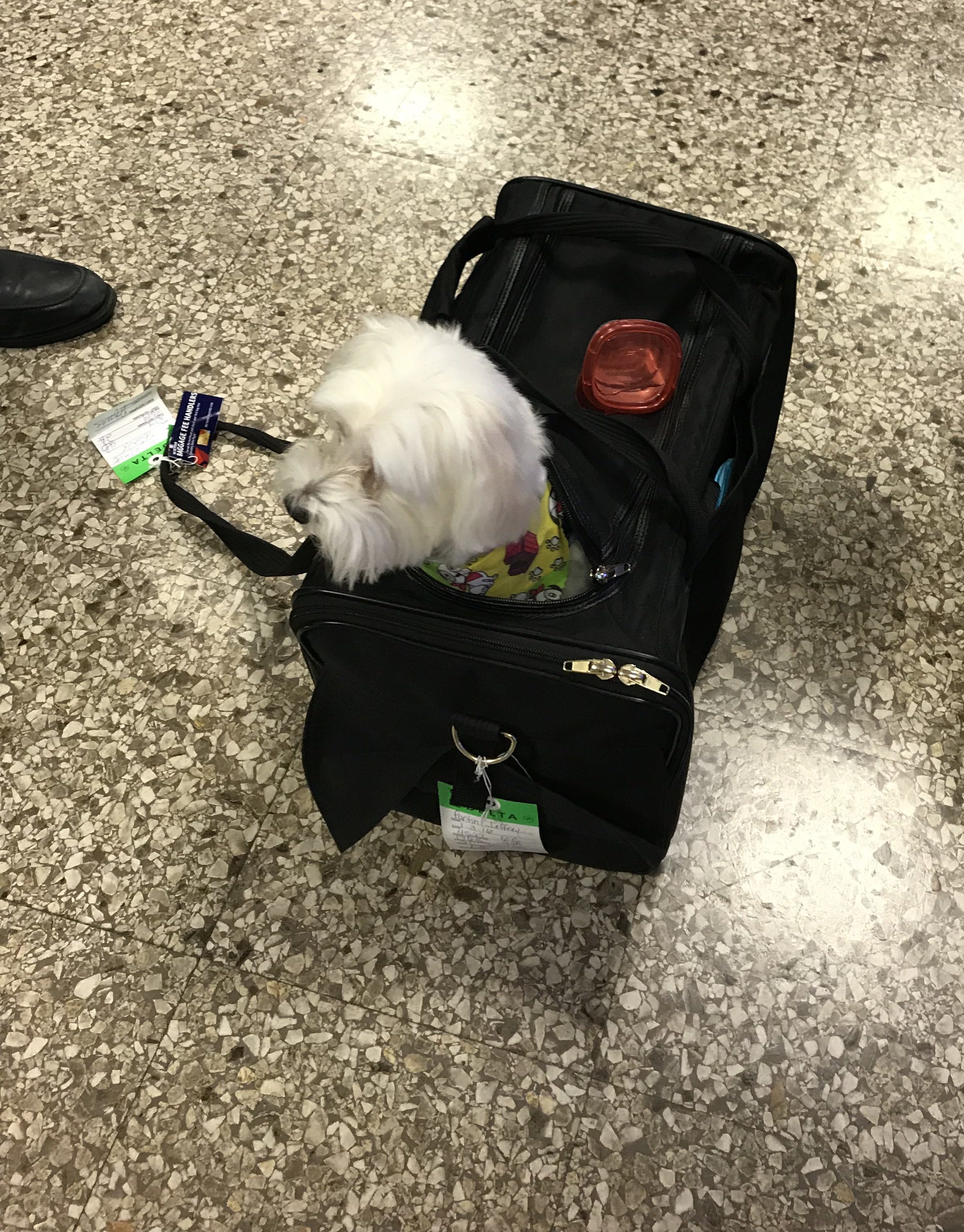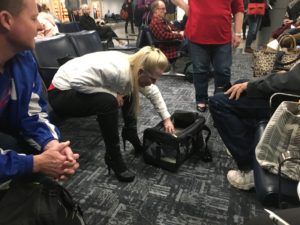Incorporating Pets into Popular New Year’s Resolutions
Making an annual list of New Year’s resolutions is a tradition as old as New Year’s itself. Unsurprisingly, shirking the responsibilities of a New Year’s resolution is just as venerable – and popular. A study published in the Journal of Clinical Psychology found that just six months into the year, fewer than half – around 46 percent – of resolvers were keeping to their January pledge. Though that’s a better track record for those who don’t make resolutions, it’s still abysmal.
Luckily, there is hope for those of us who want to stick to these promises. If you have a furry friend, incorporating them into your resolution is a great strategy for fulfilling your goal. In some cases, such as resolving to exercise more, the application is obvious. In others, it may take a bit of creativity. Below, we have listed the five most popular New Year’s resolutions alongside strategic ways to bring Fido or Fluffy into the fold.
Eat Heathier
According to a YouGov poll, more than a third (37 percent) of Americans resolved to eat healthier in the new year. The good news? Bringing Fido and Fluffy into this resolution is easier than you think. While eating more produce and fewer processed foods are easy strategies for getting healthier, portion control and meal management are just as important. If your pet eats on a schedule, try eating your meals at the same time. This will force you to think more about meal prep, keep you on a regiment, and curb mindless snacking. Plus, you might forge a stronger relationship with your furry friend in the process.
Exercise More
As with the resolution to eat healthier, 37 percent of Americans resolved to exercise more in the new year. Bringing Fido into this personal promise is easy, and you don’t need an expensive membership to a fancy gym to do it. Start by spending more time walking your pup outside. Wake up a bit earlier and head out for a 2-3-mile walk before work. If that’s not feasible, try for an afternoon or evening jaunt. As you gain cardiovascular strength (and you will, even from just walking), start bringing Fido out for runs instead of walks. In just a few weeks, you and your furry friend will be in better shape, sleeping better, and you’ll likely have a closer relationship than you do now. All it takes is a few minutes every day!
Save Money
Another popular New Year’s resolution, around 36 percent of Americans resolved to save money in the coming calendar year. While saving requires a lot of personal motivation, it also requires some creativity. Where in your weekly spending can you afford to cut down? If it’s the expensive gym membership, opt for long runs with Fido on nice days. If it’s emergency spending, invest in pet insurance, which will almost always pay off in the long run. Need to cut some money out of your grocery spending? Figure out which foods are safe for Fido and Fluffy to eat and make nutritious meals for them out of your own scraps.
Focus on Self-Care
As the world gets faster and more intense, many of us are struggling to find time for ourselves. This can be especially true for pet owners, who often spend their free time caring for Fido and Fluffy. Unsurprisingly, almost a quarter (24 percent) of all Americans resolved to spend more time focusing on self-care. The easiest way to better incorporate self-care into your life is to combine the practice with actual responsibilities, like taking care of your pets. Is your self-care practice most effective when you’re outside? Bring Fido along for a potty break or buy your cat a walking harness. Does self-care mean more socialization? Find a dog-friendly bar or coffee shop in your neighborhood and bring your pet along. The possibilities are endless.
Make New Friends
A relative newcomer to the popular New Year’s resolutions list, more than 15 percent of Americans resolved to make new friends in 2019. This is unsurprising; as work-life balances tip out of control and more interactions move to the Internet, people are beginning to feel isolated. Luckily, if you have a pet, you have a built-in ice breaker. Dog parks are some of the best places for impromptu social interaction. Go out of your way to say hi to fellow dog parents at the park – you may be surprised by how easily conversation comes. If you live in a dog-friendly area, dog-friendly bars are also great for breaking the ice and making new friends.







